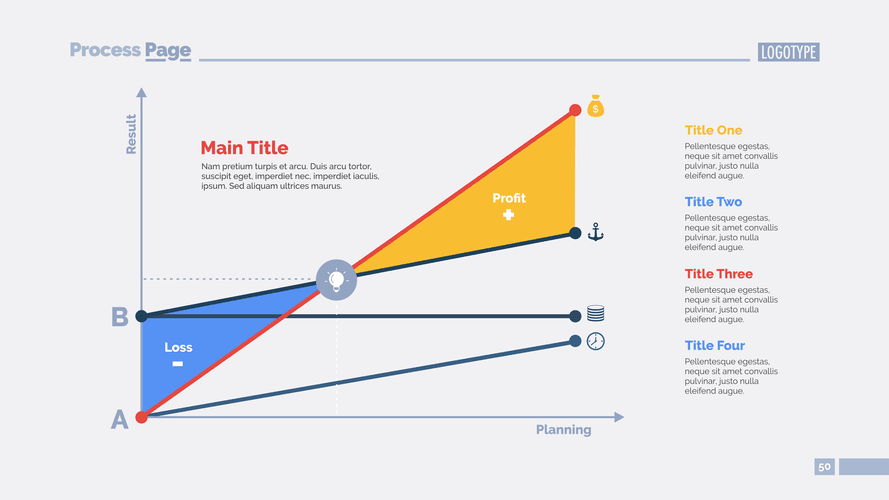Mark to Market MTM: What It Means in Accounting, Finance, and Investing
Mark to Market (MTM) accounting is a strategy that records the value of an asset to reflect its actual market price. Suffice it to say, though mark-to-market accounting is an approved and legal method of accounting, it was one of the means that Enron used to hide its losses and appear in good financial health. Eventually, though, the truth came out when factors beyond Enron’s control (such as a partner backing out of a deal) put them into a downward spiral they could not hide from the law.
- In this way, Enron was able to fool Wall Street for years, until they could no longer hide their losses.
- This can have a profound impact on a company’s reported financial standing.
- The accounting thus reflects both their gains and their losses in value.
- Mark to market accounting can be useful when evaluating how much a company’s assets are worth or determining value when trading securities.
- It was developed for students and entrepreneurs to build their familiarity with accounting vocabulary.
Professional Tax Planning, Advisory, Preparation, and
Financial Accounting Standards Board eased the mark to market accounting rule. This suspension allowed banks to keep the values of the MBS on their books. To estimate the value of illiquid assets, a controller can choose from two other methods. It incorporates the probability that the asset isn’t worth its original value.
Changing Accounting Rules for Banks can Incentivize Better Risk Mitigation – ProMarket
Changing Accounting Rules for Banks can Incentivize Better Risk Mitigation.
Posted: Sat, 08 Apr 2023 07:00:00 GMT [source]
Mark-To-Market Accounting vs. Historical Cost Accounting: What’s the difference?
Many might feel that the properties’ worth in particular, and the company’s assets in general, are not being accurately reflected in the books. Due to this discrepancy, some accountants record assets on a mark-to-market basis when reporting financial statements. Mark to market https://www.bookstime.com/articles/501-c3-donors (MTM) is a method of measuring the fair value of accounts that can fluctuate over time, such as assets and liabilities. Mark to market aims to provide a realistic appraisal of an institution’s or company’s current financial situation based on current market conditions.
International Financial Reporting Standards (IFRS)
Let’s consider an example for a clear idea of how mark to market works. Assume your company holds equity shares of a business purchased for $50 each. By the same token, market-to-market accounting can present a more accurate picture of the financial health of a company or individual seeking a loan. FASB is a non-profit organization that sets accounting standards for companies in the United States. FASB has issued several accounting standards related to MTM, including FASB ASC Topic 815.
As always, if you feel like you’re in the weeds, it can be beneficial to speak with a financial professional for guidance. Since the farmer took a short position, a decline in the value of the futures contract results in a positive gain for their account value. This daily pattern of mark to market will continue until the futures contract expires.
- If a company purchased a building several decades ago, then the contemporary market value of the building could be worth a lot more than the balance sheet indicates.
- This can become a downward spiral that further fuels the economic crash or recession, as it did in the 1930s and in the recent subprime mortgage crisis.
- Additionally, Enron also used special purpose entities to hide a high amount of debt and soured assets from their creditors and investors.
- Lenders can use the mark to market value of assets to determine whether a company has sufficient collateral to secure a loan.
- In general, mark-to-market accounting runs the risk of being inaccurate.
Prevents Banks from Overextending Loans
Although it can sometimes exacerbate volatility in the markets, MTM accounting is generally seen as a necessary and positive component of our financial markets and reporting practices. GAAP is a set of accounting mark to market accounting principles and standards used by companies to prepare their financial statements. GAAP requires companies to use MTM accounting for financial instruments such as mark to market futures and derivatives contracts.
On the other hand, MTM gains, also known as mark to market gains, refer to gains earned by an investor when the market value of their financial assets increases above their purchase price. We calculate this gain by comparing the current market value of the asset to its purchase price or the last valuation, and then record the difference as a gain. Mark to market is, as discussed, an accounting method that’s used to calculate the current or real value of a company’s assets. Mark to market is a helpful principle to understand, especially if you’re interested in futures trading. If a company were in a cash crunch, for example, and wanted to sell off some of its assets, mark to market accounting could give an idea of how much capital it might be able to raise.
- Cash flow (CF) describes the balance of cash that moves into and out of a company during a specified accounting period.
- When the stock market crashed, for instance, in 1929, banks were moved to devalue assets based on mark to market accounting rules.
- Internal Revenue Code Section 475 contains the mark to market accounting method rule for taxation.
- Mark to market essentially shows how much the item in question would receive if it were to be sold today and is an alternative to historical cost accounting, which maintains an asset’s value at the original purchase cost.
- Oftentimes, the fair value of an asset will be determined by a marketplace, such as the stock market, futures market, or real estate market.
- IFRS also requires companies to use MTM accounting for financial instruments such as futures and marking to market in derivatives contracts.
- The core idea of MTM is to ask yourself what the asset or liability would be worth if the company were to sell or dispose of it today.
- The clearinghouse settles the difference in the contract’s value at the conclusion of each trading day.
- These calculations take into account the closing of all open positions and transactions each day, as well as the opening of fresh positions the next day.
- Day traders are required to meet certain criteria, which include the frequency of trading activity and the intentionality behind it.
- If the company uses historical accounting principles, then the cost of the properties recorded on the balance sheet remains at $50,000.
- The maintenance margin reflects the amount that must be in the margin account at all times to avoid a margin call.







